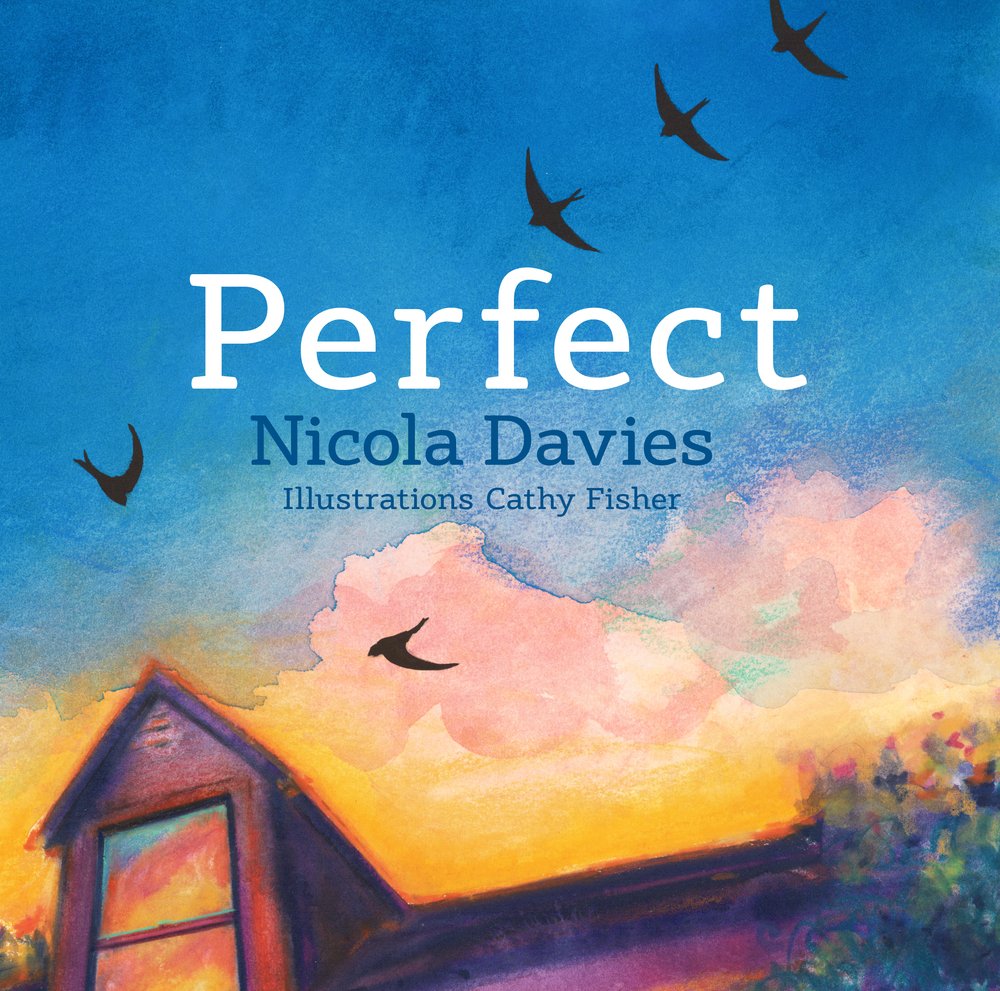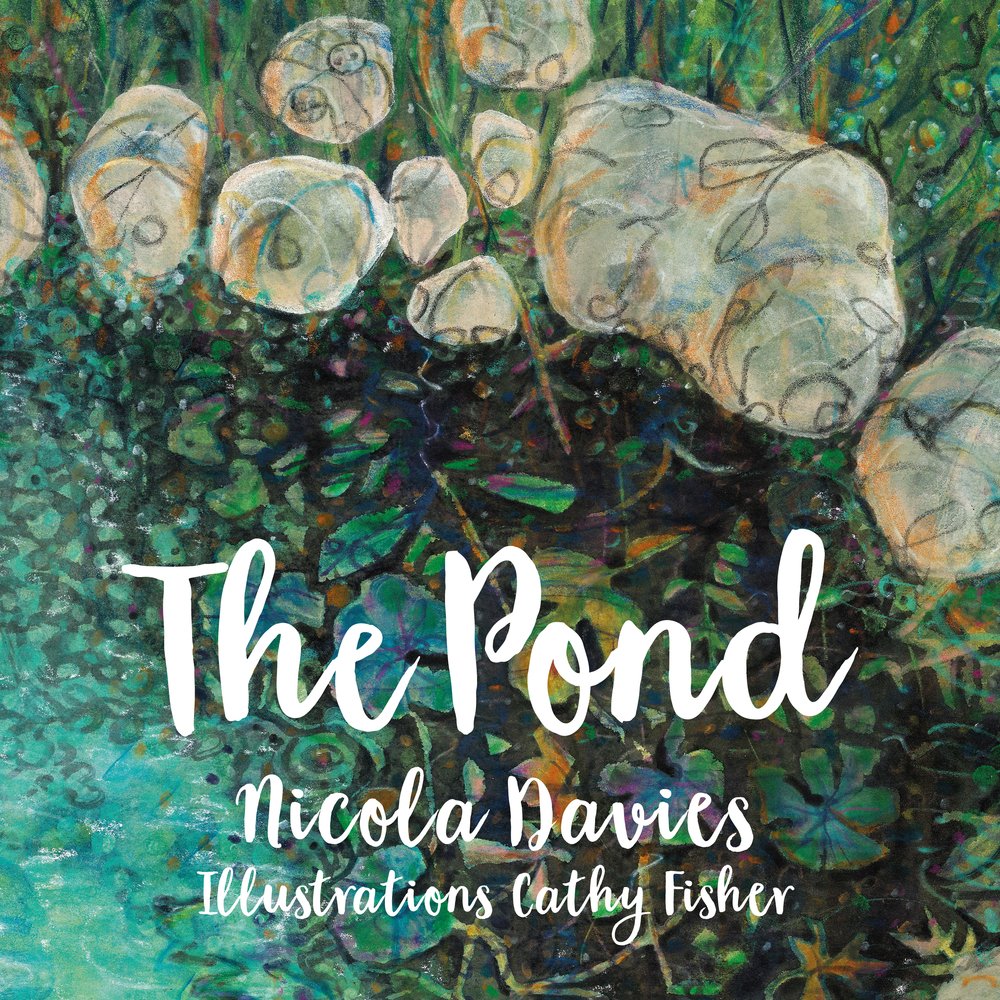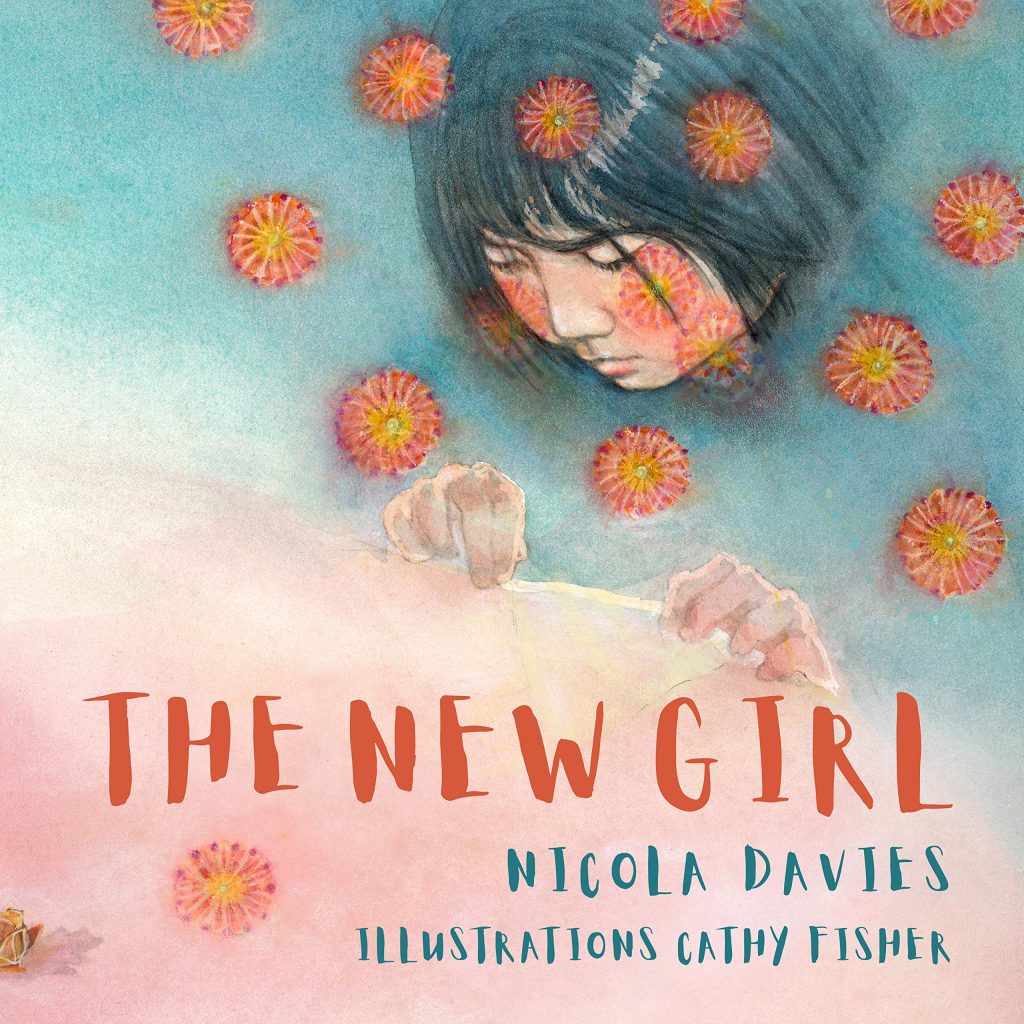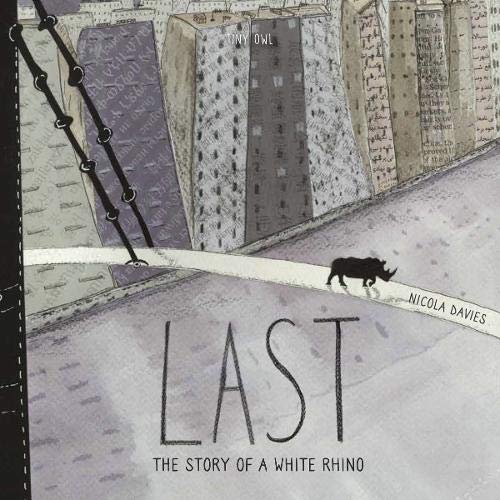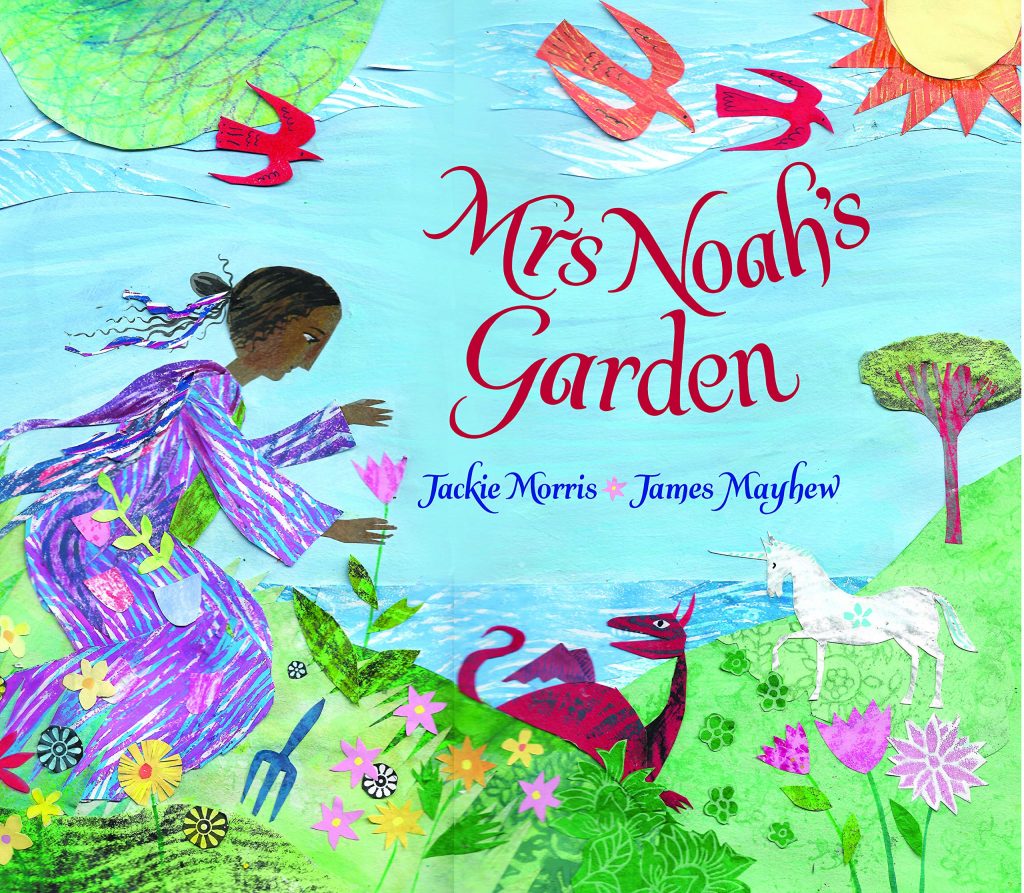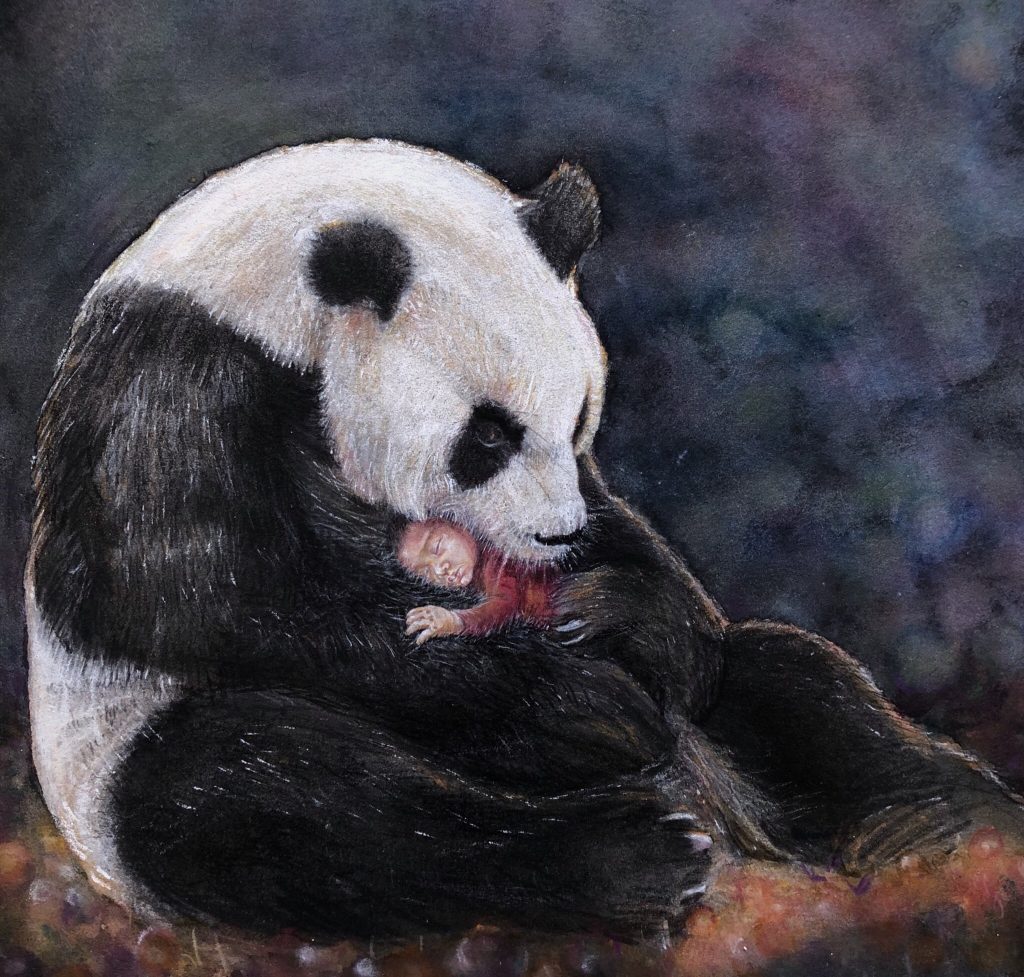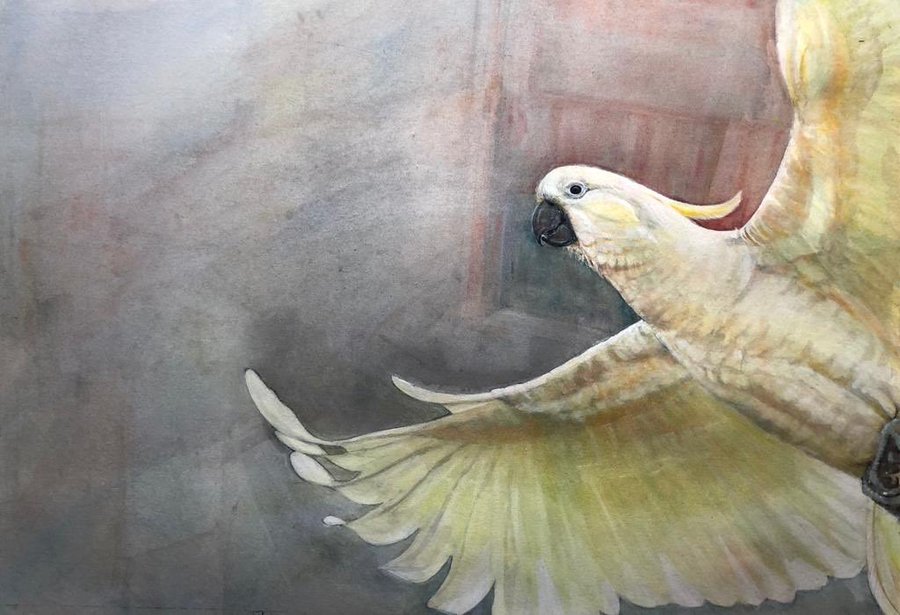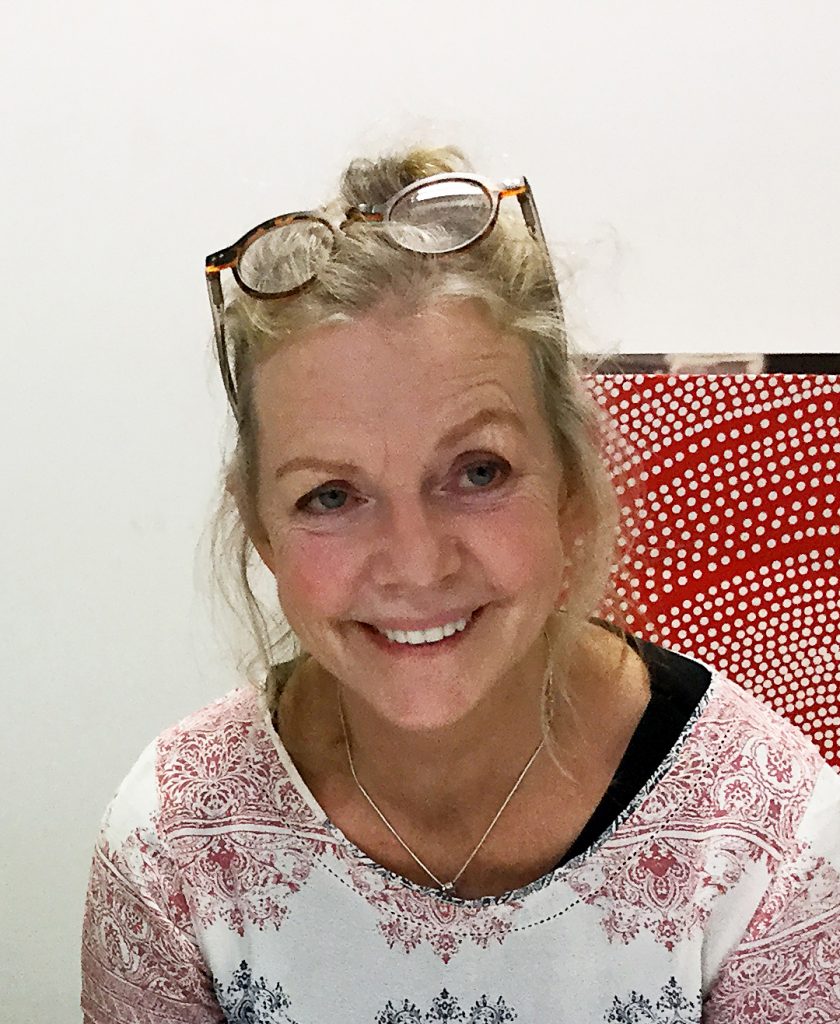
Cathy Fisher is the illustrator of the visually stunning collaboration with Nicola Davies, The New Girl. A tender and emotive artist, this is the third such collaboration published by Graffeg, following on from The Pond and Perfect.
Cathy has also illustrated Nicola’s Country Tales series, bringing their total output to 8 books, with more to come.
The New Girl addresses bullying, acceptance and inclusion through a simple yet powerful story of a young girl moving schools. The gorgeously sympathetic and thought-provoking compositions add to the narrative; the child who looks different is singled out, but the girl remains faceless and nameless, as do the bullies lurking in the shadows.
An act of kindness crosses a cultural divide, causes intrigue and invokes fascination and interest – the children watch and listen. Then kindness is given a face and a name. The beauty unfurls as the pages are turned – Cathy turns shadows to light, colours brighten and hard edges soften as Kiku warms cold hearts and opens closed minds; the transformation is evident through the change in palette and tones. The New Girl is a truly stunning picturebook.
You can see images from the book and hear Nicola Davies read an extract in this film made by publisher Graffeg.
We are thrilled to welcome Cathy Fisher to the bookworms’ blog today and have the opportunity to celebrate this superb book.
Hello Cathy, What are you reading at the moment?
I’ve just read When The Whales Leave, by Yuri Rytkheu, (translated by Ilona Yazhbin,) published by Milkweed Editions – and I am half way through This is Happiness, by Niall Williams, published by Bloomsbury
Can you tell us a bit about how you started in illustration?
I trained in fashion and textile design (a very long time ago) and soon after was lucky to be teaching foundation art and design, a course to prepare students for an art degree. During this time I got my first commission to illustrate a series of book covers for stories for teens.
I left the UK to teach in an art school in the Seychelles and 4 years later moved to Australia, where I became a busy mum, while working as an artist. It wasn’t until my kids were older and we had moved back to the UK that I started illustrating again. I worked for a graphics company, illustrating small pictures for school books and educational resources.
I have always drawn and painted, but I have never been much good at selling my work. One day though, about 6 years ago, I met the lovely Nicola Davies. She had seen one of my pictures on my friend’s wall and had asked my friend for my details. The first time I met her I knew I had a lifelong friend and collaborator… she is amazing! Nicola introduced me to Graffeg Publishing and a year later Perfect was published – my first proper children’s picture book! Then the next year The Pond followed and so we continue to work together!
How do you describe your illustration process?
First I read the story over and over again and do a lot of thinking and research. I spend as much time thinking about the pictures as I do painting them. I try to imagine I am each of the characters, including the wildlife, and how that feels.
I draw lots of sketches, work out the page spreads in a roughly drawn storyboard, think about the space for the words and space for thought. I then send roughs to publishers.
For the final illustrations I prefer large sheets of heavyweight watercolour paper. I draw and paint with pencil, charcoal, watercolour paints, inks and crayons. I paint in layers of tone and colour with the different media, and sometimes make quite a mess. It is not always easy and I often have to struggle through a pain barrier, but, if I’m lucky, a picture will eventually start to sing. I sometimes find it difficult to know when to stop!
You’ve had a very successful picturebook partnership with the amazing Nicola Davies – what’s it like working with her?
It is always brilliant working with Nicola. She is a genius! She is a scientist as well as writer and artist. She knows so much! Her writing is so skilled. She can say so much, with so few words, with such perception and imagination. When thinking about pictures we are often on the same wave length, which makes working with her very easy as she trusts my illustrative response to her writing. She is a brilliant artist herself so won’t always need me, but I hope we will continue to collaborate together for a long time. We are currently very close to each other in Pembrokeshire, so I am very lucky to be able to see her frequently.
How did the latest book, The New Girl, come to fruition?
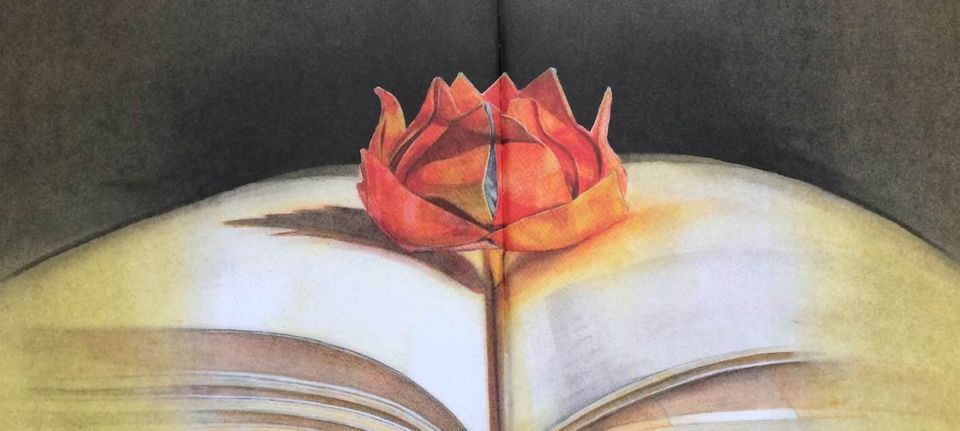
Nicola read me the story of The New Girl and asked if I’d like to illustrate it – of course I did! I was in Australia when I received the contract from Graffeg, so I starting thinking about the story then. I came to Pembrokeshire early this year and was staying with Jackie Morris when UK first went into lock-down. Jackie was wonderful and very kindly gave me the space and time to work in her home, while I worked on the New Girl every day. I would talk to Nicola and send her photos from my phone of the pictures as I did them. I finished the illustrations just as the first lockdown ended.
The book deals with unkindness and ostracisation at school. You become aware of this through the empathy-filled illustrations as well as the text. What techniques do you use to portray these strong emotions?
I purposely gave each double-page spread a lot of space, exaggerating the school walls and stairs, to illustrate the isolation Kiku, the new girl, might feel coming from another country to a strange new school. I thought about her posture and body language. I conveyed the unkindness of the other children with long shadows. I purposely kept the colours in the early spreads fairly minimal, then slowly added more colour and detail, as the new girl began to warm the hearts of the other children. I also used symbols, like the broken vase, which on the last page has been put back together again, (in Japanese it is called Kintsugi,) as a metaphor that something broken can be mended and made beautiful.
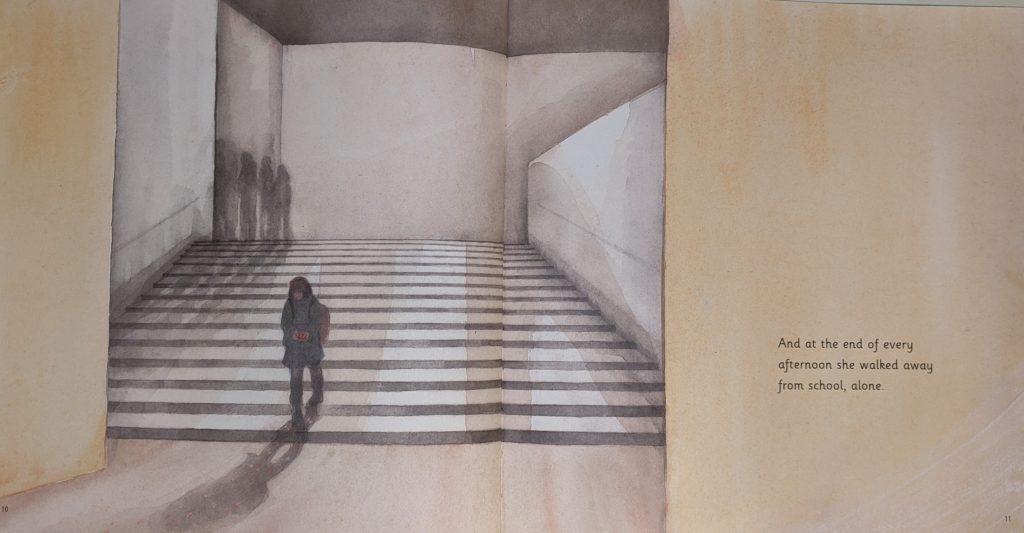
Growing up with 8 brothers and sisters you must have some good tips for dealing with conflict?
I was in the middle of my siblings, as the fourth child of nine, and learnt I could make myself almost invisible. This was sometimes a very useful trick, as it kept me out of trouble. But now, being invisible is no longer helpful to me, so perhaps it is not a good tip! I grew up in a fairly chaotic, noisy environment – but we lived by fields and woods and ran wild amongst nature. Although it could be difficult at home sometimes, there was escape and freedom in our surroundings and always a place outside to find peace. It is where I found my love of nature, which has always helped me when I feel troubled.
Previous picture-books The Pond and Perfect have also dealt with serious and important issues; the death of a parent and sibling disability. What is the place of picturebooks in tackling such themes?
I am quite old now with quite a lot of experience. The most important thing we adults can do is to truly celebrate our children. To gently nurture them with love and kindness and share a joy for life and the natural world, teaching them all beings are equal and need looking after.
But we also have a duty to help them understand that life is not always fun and easy. I do not believe we are protecting our children by shielding them from the truth of serious and important issues – we need to be honest. Reading stories, sharing with them a love of words and pictures, and giving children the time to read, listen and talk, is one of the best gifts we can give our children. Picture books are incredibly important as they can teach empathy at an early age and help children understand difficult emotions. A good picture book can help children feel something that isn’t easy to say in words. Talking about death, grief, differences in each other, things we might feel bad about, painful emotions, is very important and needs to be approached with kindness and sensitivity… this is where good stories and pictures help.
There are a lot of hands in the book which are notoriously difficult to draw. Any tips?
I love children’s drawings. I love watching them draw. Hands are so expressive, that is why I drew a lot of them! I wanted to express joy, in the shape of a flower, with all the children’s hands in Kiku’s class. There are stories in the hands!
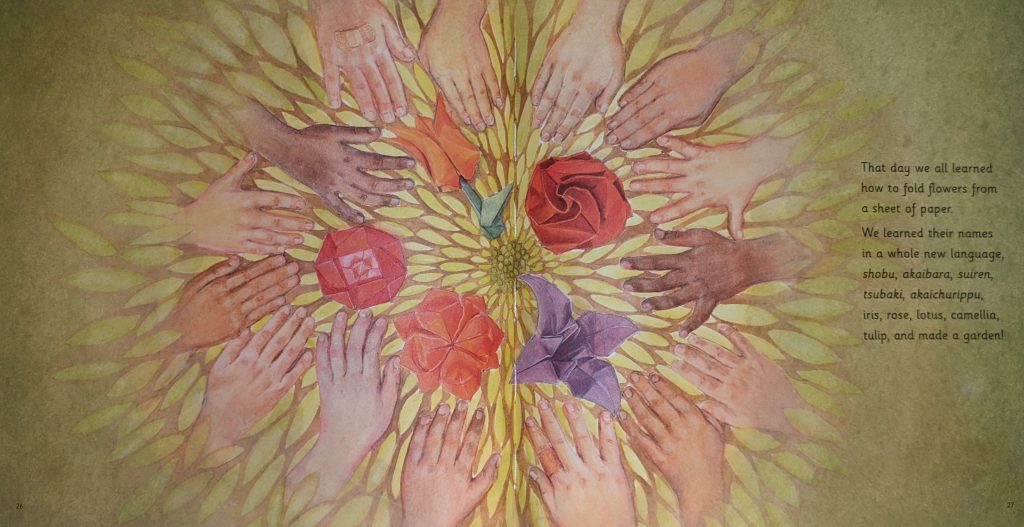
The only tip I can give is not to be scared of drawing!.. and do not care what other people think about your drawing! If I am finding something difficult to draw I try to forget the object or subject I am drawing and think of it more abstractly, looking at the negative shapes around it and thinking of it as patterns and tones and colours. If you like drawing keep drawing! I believe everyone can draw, they just think they can’t. Drawing doesn’t always have to look like something, it can be patterns or about feeling.
Handwriting is drawing. We all learn to write and each person’s handwriting is unique. The only difference between drawing and handwriting is you are taking handwriting on an adventure…into other shapes and places, all over the paper and sometimes filling it with colour…. Joy!
You’ve also worked with Nicola on the Country Tales series. Which has been your favourite to illustrate?
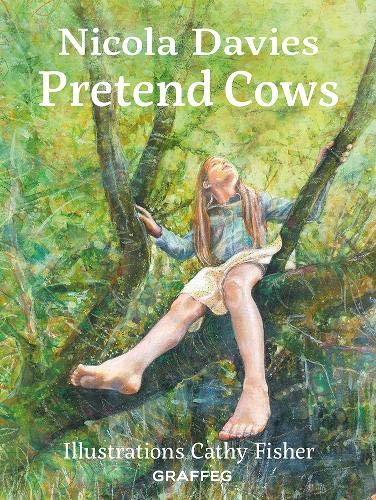
Hmm. That’s a hard question. I enjoyed doing all the covers. I illustrated the series while I was in Australia. There is still one more book to do. I think my favourite to illustrate was probably Pretend Cows. The cover is my friend’s daughter and she’s in a gum tree, not an apple tree… but don’t tell anyone!
You normally spend your time between Australia and the UK, but we understand you’ve been locked down in Pembrokeshire. Has this been a blessing or a curse?
I really appreciate that lockdown is an extremely difficult time for so many people. But I count myself as one of the very lucky ones. I am lucky to be in a beautiful place in Pembrokeshire, which is such a blessing. I have since become a bit of a hermit and am very happy to be working in the studio all day long and not go anywhere, except for walks. The sad thing for me is that the pandemic has separated me from my husband, he’s on the other side of the world in Western Australia, so we haven’t seen each other since February but we do talk every day and will eventually be reunited! The happy thing is I see Jackie Morris every day and Nicola Davies quite a lot.
Could you recommend any favourite picturebooks?
Oh my goodness, that is such a difficult question! There are so many beautiful picture books. If I start listing them I am bound to miss a favourite out! This year alone has produced some beautiful books. When I’m painting pictures and start to feel stuck, I often look at John Burningham’s books or Brian Wildsmith’s pictures. I love the whimsy, freedom and textures in their art.
But my recent favourites, in no particular order are:
- Dog, Shaun Tan
- The Promise, Nicola Davies and Laura Carling
- I Talk Like a River, Jordon Scott and Sydney Smith
- The House by The Lake, Thomas Harding and Britta Teckentrp
- Lost Spells, Jackie Morris and Robert Macfarlane (all of her books and collaborations with other illustrators)
- Mrs Noah’s Garden, Jackie Morris and James Mayhew
- Last, Nicola Davies, (all of her books and collaborations with other illustrators!)
- The Best Place in the World, by Petr Horacek (all of his books)
- The Girl Who became Tree, by Joseph Coelho and Kate Milner
Images from your Twitter account show pandas and cockatoos – are these clues to future books?
They are! The panda pictures are for a story called The Panda Child, which Jackie Morris has written. It is very beautiful timeless story, but it is a bit daunting to illustrate a book with Jackie as she has such an amazing reputation as an author and illustrator, she is an absolutely brilliant artist. I am very fortunate to be collaborating with her. Her agent is currently finding the right publisher for the book.
The same goes for the pictures with a sulphur-crested cockatoo, (my best friends in Australia.) These are early illustrations for a picture book written by Nicola Davies, called Mr Horstman’s Parrot. Nicola has left a lot of space in the story for me to elaborate visually which I’m looking forward to doing. It is another of her beautiful, powerful stories.
Anything else to declare?
Hmmm?… Occasionally I have times of great doubt, and I wonder why the work of making pictures feels so important to me? Unless you are very famous, an illustrator doesn’t earn very much money. But, when I push passed my doubt and insecurity, I always come back to remembering the influence that picture books had on me in my young life. How they were a place to escape, made me feel so much part of the picture, and how much they taught me. So I feel such joy when I hear a parent, teacher or child say that a book with my pictures has opened up conversation they have never had before, or have made them feel emotions that open a new door, or simply that they just love the pictures.
The only other thing to declare is that I intend to keep making pictures.
Thank you so very much to Cathy for taking the time to answer our questions with such care and attention. The New Girl is published by Graffeg and is available from your local independent bookshop.
Follow Cathy on Twitter to see beautiful examples of her work (and sneak previews of future books).
